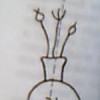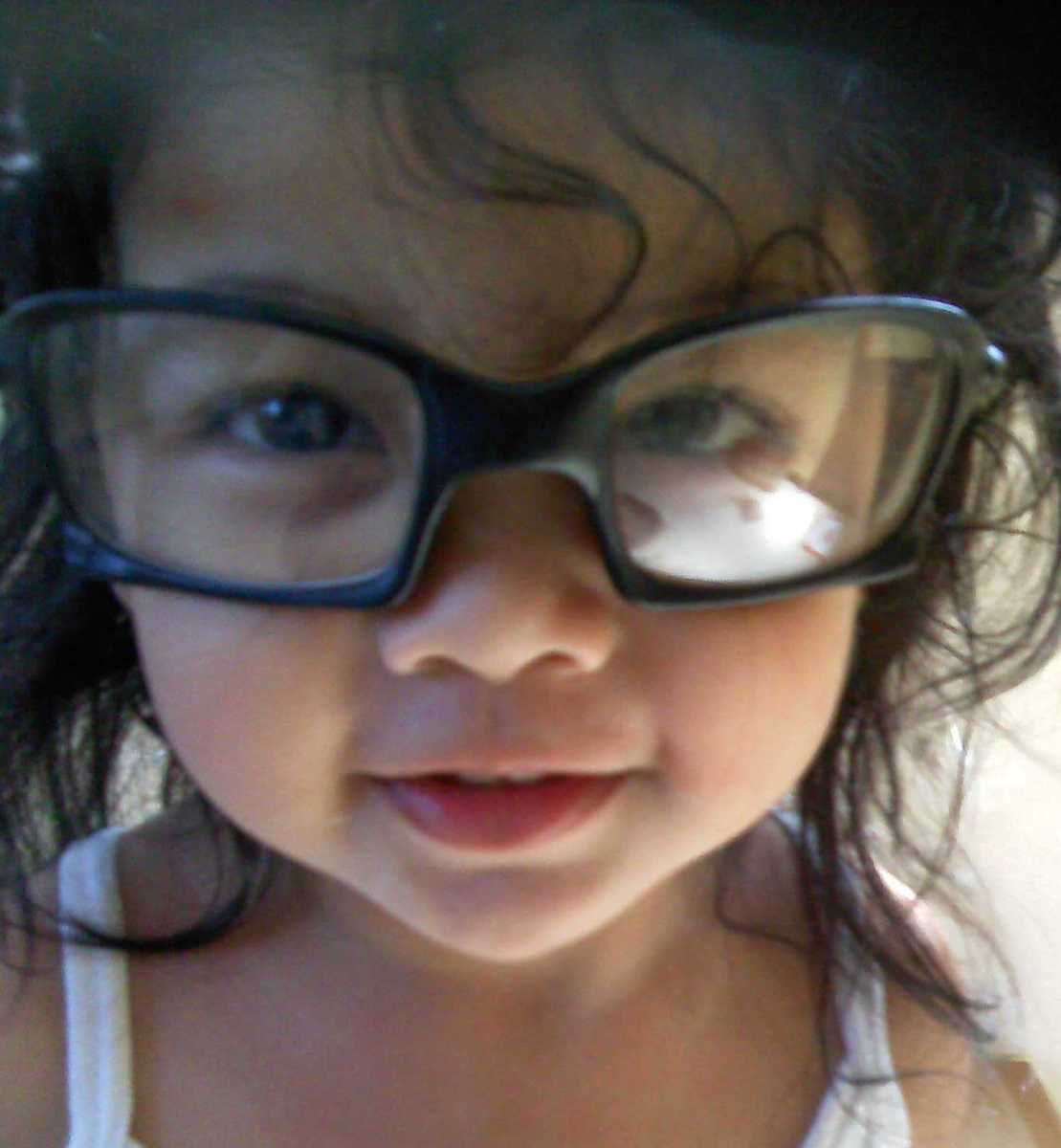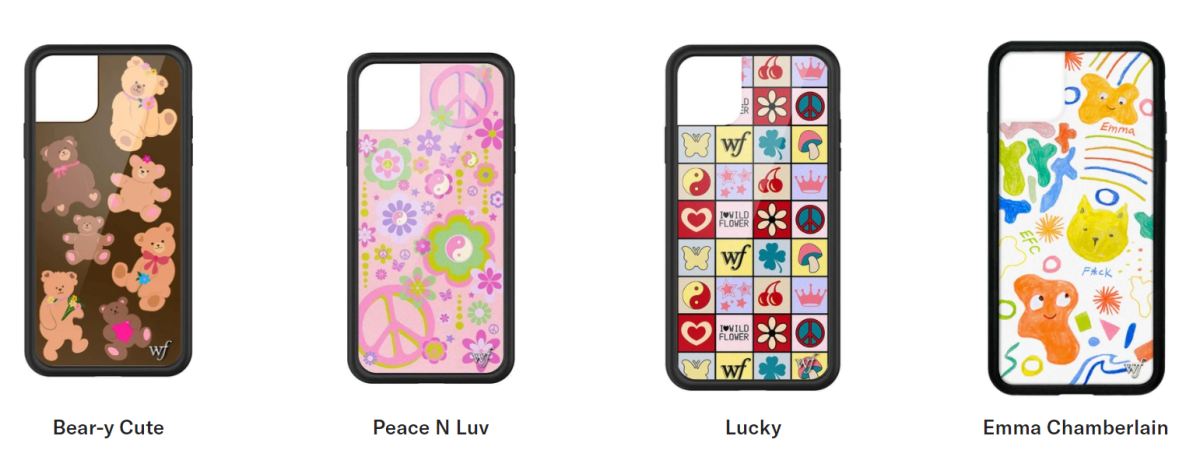Braid ornaments
Hair Knots
or Braid Ornaments of the Women of Central Asia
Because their hair was usually worn in a certain number of braids connected by a ribbon with pendants and beads, hair- or braid ornaments are among the traditionally known headwear of Uzbek and Tajik women.
On special occasions, or depending on the woman’s age and social and geographical standing, metal accessories would be used in addition to the usual silk or wool threads,
Like other jewelry and embroidery, braid ornaments were divided regionally - north, south, east and west - each style unlike the others. The “kiygich” braid-top bonnet of Baysun women, with its silk and cotton embroidery and featuring the “Tamgi” (Tavro) pattern, demonstrated the tribal association of the owner (see B. Nodir, “Traditional Clothing of the Baysun Region,” San’at).
Braid- or hair decoration was, first and foremost, for protection, seeing as how, according to scientific research, the hair contains all DNA information. The style, shapes, materials and color of the braid ornaments made them fit quite organically into the overall ensemble of headwear.
It is interesting to note that 6-7 century wall-paintings in Afrosiab feature images of Central Asian braid ornaments, as well as other types of jewelry. In this case the woman is pictured from the back, with long hair with pendants on its ends.
I was working on the jewelry collection at the Ethnographic Museum of Tajikistan, but due to the start of the civil war, I did not get to work with or describe the braid ornaments.
In conjunction with the publication of a story about quipu in a periodical, a small work was written (which has unfortunately been lost), about the parallels between braid ornamentation and talking knots (quipu).
Among the few descriptions of this type of ornament, is the ethnographic research of L. Chvyr.
Here is how the well-known ethnographer describes the braid ornaments of the Tajik (“Tajik Jewelry” Moscow, 1977, pgs. 21-22):
First and foremost, this is the most popular type of jewelry among Tajik women.
1. Further: black silk or silk-and-cotton laces with long “pupak” tassels (tassel: “tadj”); the ends of the laces can be threaded through embossed or chiseled figured medallions or beads, which were often decorated with black silver-sulfur alloy, etching and/or turquoise inlays, or made using the mastic-foil technique (“nukrai pupak” - silver tassel; “chach pupak,” “pupaki tillo” - golden tassel). Such laces were attached to the roots of the braids, or to the cross-wise cloth that was pinned to the back of the dress, under the braids.
According to the ethnographer, this type of braid ornament was characteristic of all northern regions of Tajikistan, and settled Uzbeks.
2. “TUF,” the second type of braid ornament, consisted of several threads which were sown to a tie-string at the top, and attached to a multitude of thin braids. The ends of the threads terminated in pendants made out of 1-3 layers of gold-plated silver cone-shaped tubes, or caps with bullion bells. The simpler versions of the same type terminated only in balls made out of tinsel. More ornate tuf were made with pearls and coral, and the bells were supplemented with four-petal silver wreaths made out of disc-like spirals. Such ornaments could be found in the region of “Bukhara, and some of the neighboring large towns and villages.”
(Latter half of the 19th century, Bukhara, silver, coral, tinsel. Bosma, granulation)
3. “Zarkokul or “golden tress”: an ornament made of antique coins from the czar’s mint (a row of three large coins, with two rows of smaller coins under it). This was the hair decoration used in Ura-Tuba and Ashta by both Tajik and Uzbek women.
4. “Naycha” - “the flute” - is a hollow silver tube, through which the “zulf,” the specially cropped lock of hair on the temples which symbolized marriage and denoted a married woman, was passed. Smooth, with a small number of turquoise inlays, the tube was usually 10-12 cm. long, 1-1.5 cm. in diameter. It was most often found in the Tajik-Uzbek urban environment of Samarkand, Ura-Tuba, Hojenta and Tashkent: that is, in the northern regions of Tajikistan.
5. Another type is the “Cholband,” “Chura,” “Djamoliak”, “artificial” braids “kokul” (braid). These are ornaments in the shape of tassels made of multi-colored silk threads, sometimes lined with multi-colored beads. According to the ethnographer, the size of the tassels and the degree of its coloration varied.
Small metal trellises called “shabaka,” which was a wood- and stone-cutting term, were added very rarely; usually the cholband was braided right into the ends of the braids.
These hair ornaments were prevalent among the southern Tajiks, and the neighboring Uzbeks (L. Chvyr).
6. The “sitora” (star) braid ornament: a narrow (2-3 cm.) ribbon of cloth, with embossed metal patches sewn to it. The ribbon was attached in such a way as to conceal the hair.
The sitora patches could be substituted for white mother-of-pearl buttons called “sadaf,” which means mother-of-pearl. Such ornaments are found in the Karategin and Kuliab regions.
7. In Upper Zeravshan, “haydari,” or ornamental pebbles, were used as pendants attached to braids.
8. It is curious to note that the mountain Tajiks (the Darvazians) wove artificial braids of black, or even red, wool (“chura,” “puchaband,” “kokund”) into their hair.
So, the author of “Tajik Jewelry” isolates 8 types of braid ornaments.
The “Cholband” is also found among the women’s ornaments of Nurek. The “Kokul” is found among Garmian jewelry.
Braid and temple ornaments are often made in the same style. Sometimes, with small alterations, braid ornaments would become temple ornaments.
As is well-known, jewelry served a talisman function, and the images used thereon, including certain trees and their fruit, grain and seeds, were vested with sacred power. A few examples are: briars, hawthorns, pomegranates, oleaster and mulberries. The wearers of this jewelry believed that the scent of these plants chased away evil spirits. Almost all of the plants and trees listed were, and still are, used in traditional medicine.
Barley seeds are associated with the idea of fertility. Precisely this type of silver pendant, shaped like grains and seeds, is found in braid ornaments in Ura-Tuba, in northern Tajikistan. This was a hair ornament for married women, whose hair was already woven into two braids, made out of the forty small braids of maidenhood.
Kyrgyz braid pendants are similar to Tajik and Uzbek ones, not only in general look and technique, but even in name: “cholpu,” “chach-papik.”
In her book “The Jewelry of Uzbekistan” (Tashkent, 1988), D. Fahretdinova pinpoints the following peculiarities and parallels with the braid ornaments of other Central Asian peoples.
The “soch-popuk,” a hair tassel; the “soch-bog,” a tuft of hair: 2-4 long thick black laces made of cotton-and-silk or silk threads, were attached to the braids, and they sometimes hung down as low as the knees. At the bottom, the laces were passed through large beads, with leaf and grain pendants. “The beads were situated in layers, and featured diverse shape and decoration. Most often, they were topped with a cap with a tube, and were in the shape of a cylinder that widened toward the bottom, or else a truncated cone that had four blades at the bottom, with a plush tassel hanging out from under them. The edge of the cap was lined with turquoise dots or enamel. The shape of these pendants was based on cast conical bells, with the same kind of blades, as well as apparently from tubes through which hair had been passed in the past. They complimented the spherical, oval, or other beads shaped like flower buds or leaves, decorated with embossed, engraved, or blackened floral designs. These silver beads were often alternated with “Knots of Happiness,” made of tinsel.” (D. Fahretdinova, p. 128)
In the same work, the author mentions the similarity of Uzbek and Kyrgyz’s braid ornaments: “Speaking of the “soch-pupok,” which jewelers made for the Kyrgyz, such shapes are called, ‘balyk ooz’ - fish mouth, or frog mouth.” (D. F. p. 129)
Such names and shapes help us to understand the semantic and symbolic meaning of the jewelry. The fish and the frog are quite popular images in the art of jewelry, especially in women’s jewelry, primarily because these images represented fertility; they were a kind of wish for a large legacy. The image of a frog was popular in fertility amulets in the Central Asian and Arabic world in general, in the 7-8 centuries. The earliest such image is from the Bronze Age (see the findings from Sapalli-tepa, I. Akhrarov, G. Temirgaliev, “The Treasure Trove of Silver Jewelry from Sidzhak,” Soviet Ethnography, 1966, No.3).
At the same time, the frog was perceived as a symbol of rain. It is considered a “lunar animal,” associated with the feminine symbol of Yin in Chinese philosophy. In Japan, for example, the symbol of the frog is a kind of good luck charm. In Indian mythology, the World rests on the back of a giant frog, and this, of course, is the symbol of Mother Earth. In Mesopotamia, the frog was primarily a symbol of fertility. In Egypt, a frog-headed goddess facilitated childbirth, represented longevity and immortality, and was considered a symbol of success and plenty. The frog was likewise a symbol of resurrection.
The fish is a symbol of fertility, and represents maternity. It is also a symbol of water, which means life. In Turkish, the one-eyed fish is the symbol of the male reproductive organ.
In ancient Indian mythology, the ancestor of humanity, Manu, is represented as a fish. In ancient China, the fish symbolized happiness and wealth.
So, these images “elucidate the semantics and the magical, invocational meaning represented in the jewelry.”
Different variations of the “soch-pupak” included “naycha” “flute”-tubes (most often encountered in the Tajik-Uzbek urban centers of Samarkand and Ura-Tuba), small mesh amulets called “tumor,” oblong conical pendants, bells, “tuft caps,” embossed open-work balls, and coins.
This type of jewelry is similar to the images in the wall paintings of Afrosiab (7-8 c.)
A simpler type of braid ornament was the “Yumalok,” a coil consisting of chains, corals, balls and tassels made of multi-colored threads, and tie-strings with knots at the ends, which sometimes included metal beads.
Braid ornaments made of gold coins, “zar-kokil” (golden tress) were prevalent (both Tajik and Uzbek women in Ura-Tuba and Asht decorated their hair this way), as well as ones made out of silver coins, and called “chulpi” (possibly from Chulpon - Venus the morning star). The coins were connected by means of loops or bands that had been welded on, and then they were attached to a tie-string, which was braided into the hair. Large and weighty coins were preferred: the Russian ruble and Iranian coins featuring the image of a lion with sword held in one raised paw, and the radiant Sun, framed by the sumptuous wreath, the emblem of the Kadjars. Such coins are also found in other jewelry. In Khorezm, jewelry with coinage was called “lanka,” or “lianga,” as was the piece of sheepskin attached to the coins, which served as an amulet. (D. Fahretdinova)
All of this was not only jewelry, but also a kind of text, which was represented through colors and knots.
Quipu is a variety of writing, in which threads or laces were used as the information-carrying medium: information was encoded in its knots and the color of its threads. It is known to have been used in the Incan Empire, and according to legend, also in China.
We believe that hair ornaments in Central Asia represented tribal and familial information in their knots. With time, the meaning of the colors and knots was forgotten, and the patterns were simply copied, just as with jewelry, whose inner symbolism was lost, and jewelers simply followed the canons of their predecessors.



